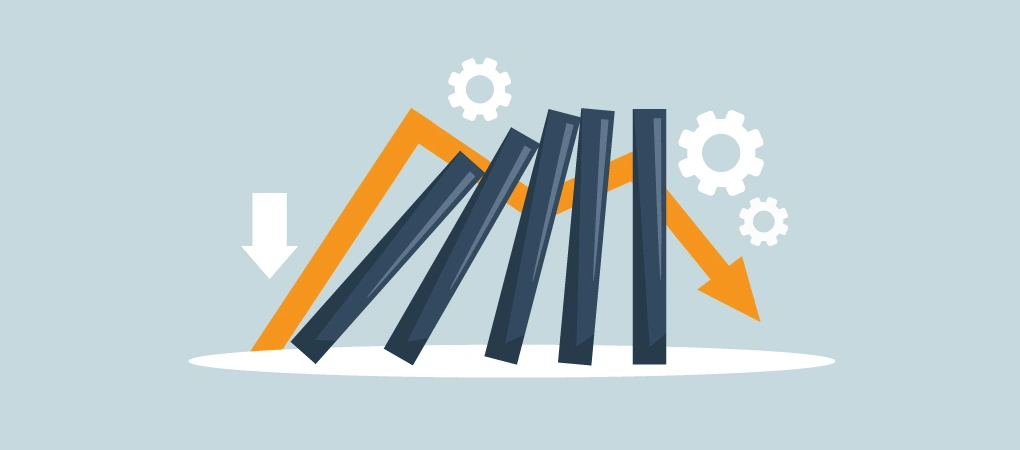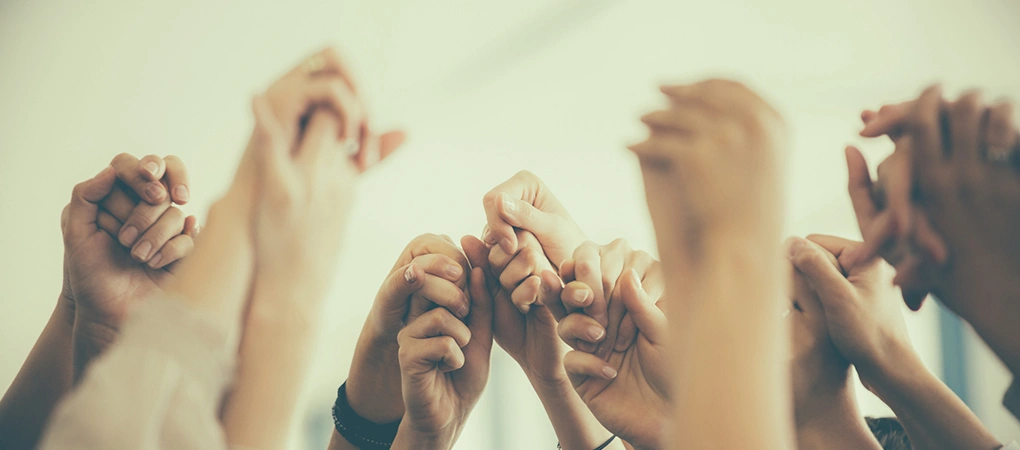What Is An Impact Filter?
The Strategic Coach Team

Almost all the trouble you’ll get yourself into as an entrepreneur will come from trying to sell someone on something you’re not sold on yourself.
To avoid this, Strategic Coach® founder Dan Sullivan always uses a proprietary tool called The Impact Filter™ to sell himself on every project or idea he’s involved in before taking any action whatsoever.
This process gets him highly focused on the exact result he wants to see, and the half-hour or so it takes to complete not only saves time for him and everyone else involved, it can weed out projects he actually can’t sell himself on.
It’s a hugely effective productivity strategy for organizing your thinking, getting any project launched, and planning effective teamwork.
The thinking process behind The Impact Filter essentially looks like this:
1. What you want to achieve. The first step is to ask yourself what you want to accomplish, what the biggest difference achieving this will make in the end, and what the completed project ideally looks like. Describe not only the more concrete details, but how you would feel in this situation. This could point to some troubleshooting you might have to do, outside resources you might have to invest in, a change in timing, or any number of factors that will affect the success of the project.
- Consider things like what it will mean to you personally—for example, your confidence, your belief in yourself and your goals, your values, your reputation, your financial situation, your ability to keep growing your company, new opportunities opening up, your physical and mental well-being, and so on.
- What about others who are involved? How will these people be affected—your client or prospect, your team, your partner, your spouse, family and friends, the people in any of the communities you’re involved with? The more detail you’re able to capture, the better prepared you’ll be to move forward with confidence.
At this point, you’ll either have sold yourself, or you won’t have, and you’ll have to make the decision to move forward or let go of your idea.
2. Best and worst. Next, look not only at what the best possible result would be, but also the worst-case scenario in all its worrisome detail. (In fact, Dan recommends doing the worst-case scenario first.) Detail is the key here: Put your imagination and articulation skills to work, capturing each result as fully as you can. Once you’re done, you’ll feel like you’re living that moment of elation or defeat. Either is a tremendous motivator when you think about it!
3. Success criteria. Last, it’s critical to have clear-cut criteria for measuring the final result. What you’re looking at here is what has to be true at the end of the project. Again, the more specific you are on what your success criteria are, the more likely you’ll be able to get the outcome you’re looking for. Success criteria are actions, decisions, communications, and completions.
Actual numbers, dates, dollars, and other ways of measuring success will not only get you much clearer on what you want to achieve, they’ll give you solid benchmarks to measure against after the project has been completed—useful information for next time.
The intentionality process we’ve just described is most powerful when written down, diagrammed, or otherwise captured for future use on other projects. This document is not only a great way to repeat successes more efficiently, it’s also one of the most effective ways to delegate.
The ideal delegation strategy.
Dan uses this thinking process before starting any new project, workshop, or marketing event. He will also go through it before speeches, interviews, and client meetings.
If he wants to sell anyone—clients on a new idea, the team on a new project—he knows that he has to sell himself on it first, then sell it to them, and then get them to emotionally commit. This is always, without fail, his delegation process.
In his own words, he’s set out his expectations and measurements for a successful result—the “why” of it. With all of this clearly laid out, his team has all they need to get started, and they’ll figure out on their own the best way of getting the result.
Dan says, “I don’t involve myself in telling other people how to do things. I rely on the fact that if I’m asking them to do something, it’s something I know they’re better at than I am.”
No one said that it has to be you doing all the work, and, in fact, we believe you shouldn’t. Why work harder and longer? Use this intentionality process to delegate, and devote your newfound time to doing more of what you love.
Intentionality matters.
Being intentional means having a powerful sense of purpose. It means knowing the importance of what you’re doing and being very clear about what your ideal outcome looks like. It’s actually selling yourself on and emotionally committing to any project or situation in life.
With entrepreneurs, it’s all about results, with every decision and action focused on the growth of their business. This means intentionality is a critical mindset for any entrepreneur. By using this Impact Filter thinking, you’ll gain more clarity in any given situation or on any project, and achieve better and faster results—plus, the easier it will be to sell others on the idea and get them emotionally committed too!
Want to try it out for yourself? Download your copy of The Impact Filter now to learn a quick and simple way to multiply the results and impact of every entrepreneurial project.







